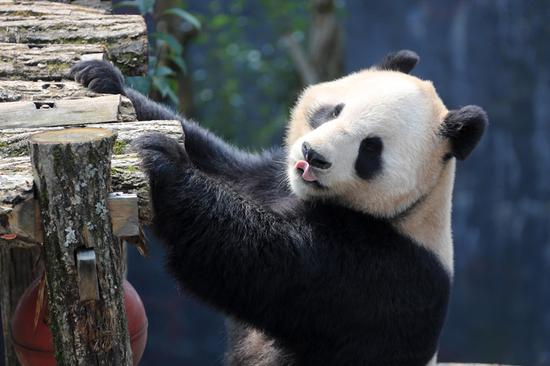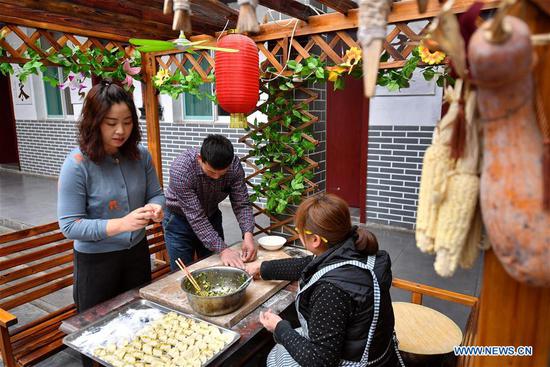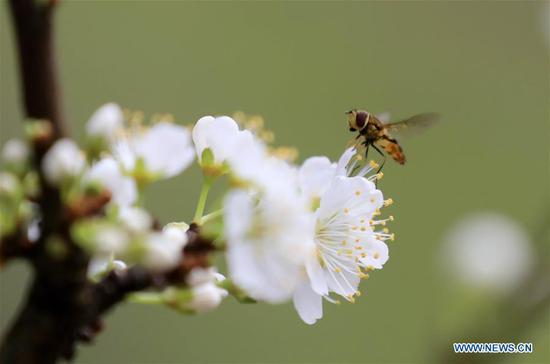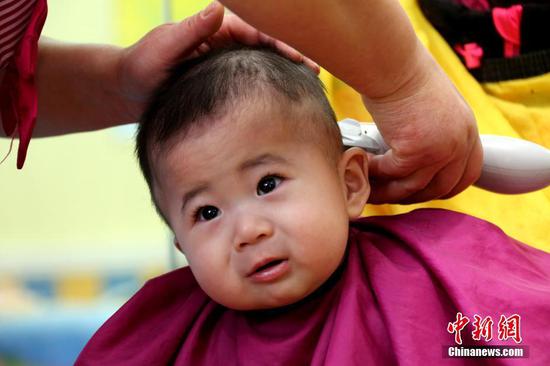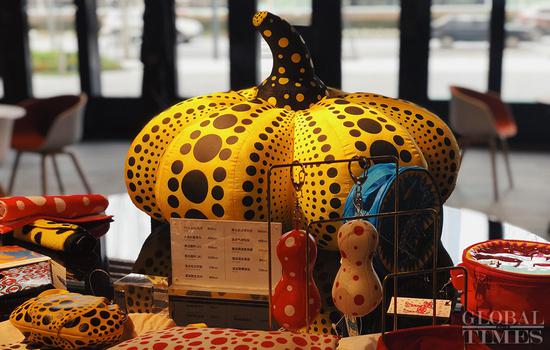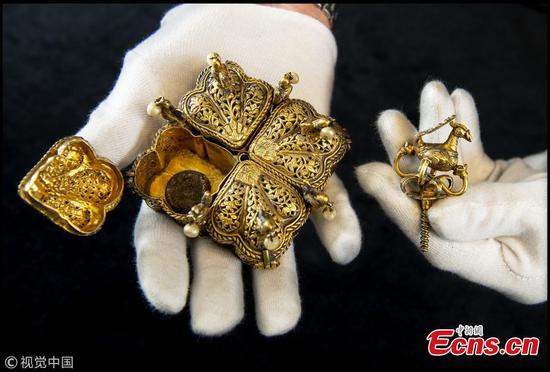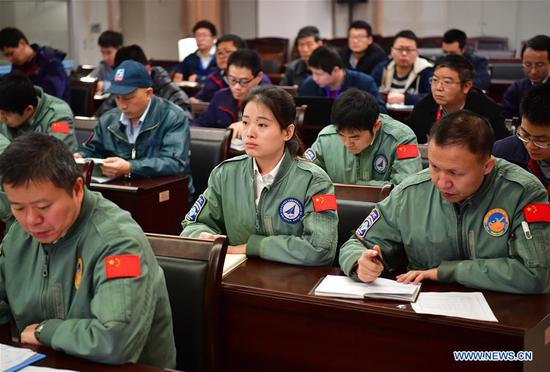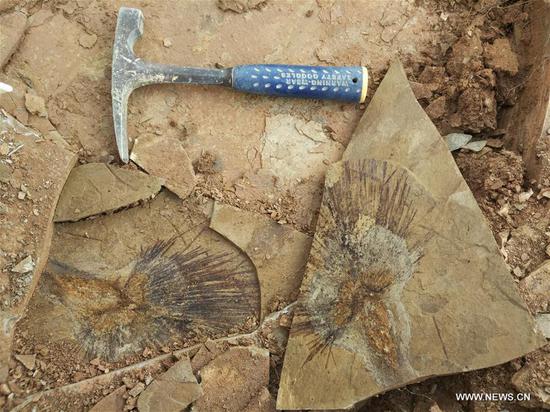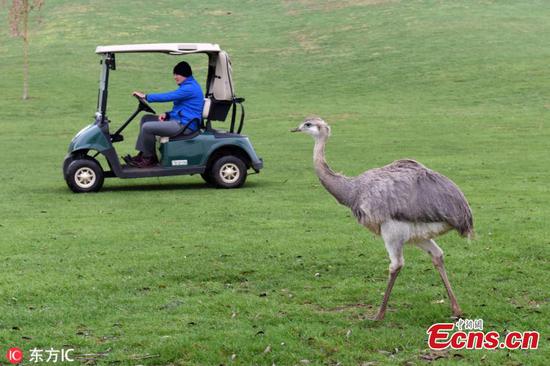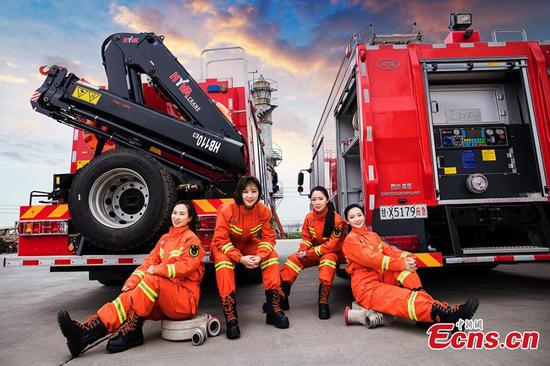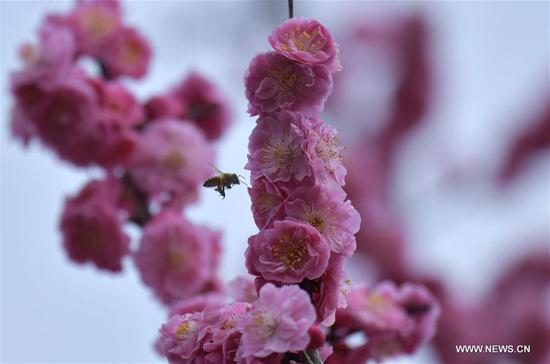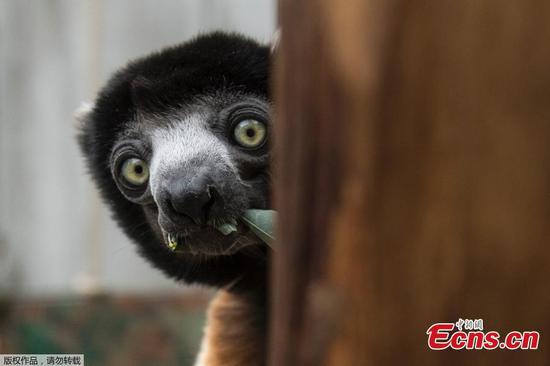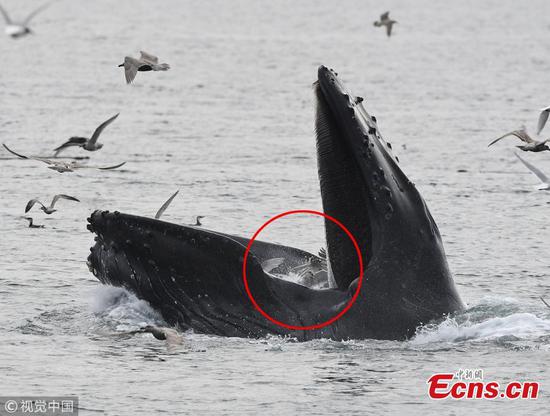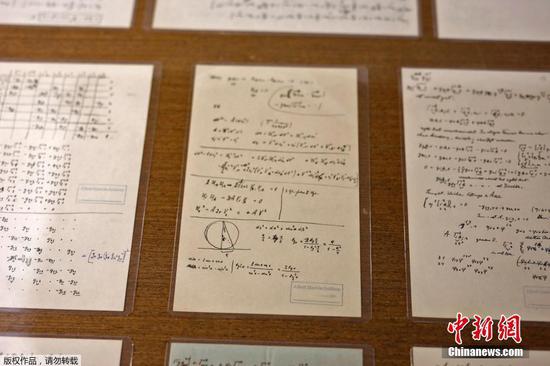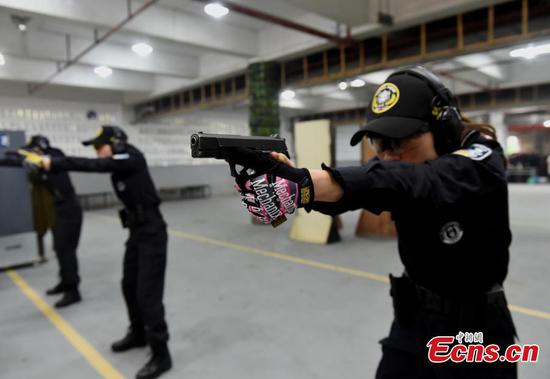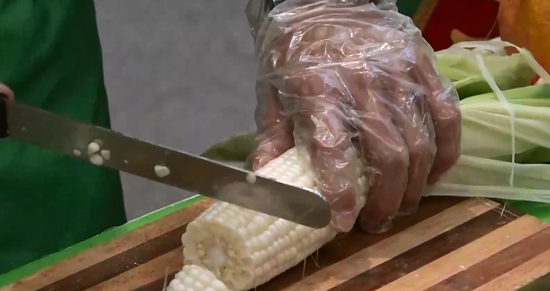
Traditional spicy chili oil hotpot is divided into nine sections. MAI TIAN/FOR CHINA DAILY
Other large hotpot chains joined with He to promote the cuisine overseas, such as Pei Jie, Qin Ma and Liuyishou, with the latter even setting up an international branch, with the aim of opening 100 outlets worldwide.
There are more than 200 Chongqing hotpot restaurants overseas, including those in the United States, the United Kingdom, Russia, Singapore, Spain and the United Arab Emirates, according to the association, and there is strong growth momentum.
The Chongqing government also pays great attention to the cuisine's development.
In 2012, it announced a plan to build Chongqing into a "food capital" on the upper reaches of the Yangtze, featuring hotpot and other local specialties.
Under this plan to build the city into a well-known international travel destination, Chongqing hotpot will become a local cultural brand.
Challenges ahead
Like many other local cuisines, Chongqing hotpot lacks a professional branding system, standard production process management and a general development plan.
As a result, the Chongqing Hotpot Academy was launched in 2014 by the hotpot association, the Chongqing Cuisine Association and the Chongqing Modern Vocational Training Academy.
Li Dejian, president of Dezhuang Hotpot, said, "Despite there being several million hotpot workers in the city, there is still a shortage of professionals."
The academy has created a teaching and practice system, Li said, adding that creativity and innovation are also important.
Zhu Jiangyu, general manager of Jiafu Hotpot, said, "The essence of Chongqing hotpot is the handmade soup base. By mixing dozens of spices, every restaurant can create its special base."
Since 2014, Chongqing has been applying to add hotpot to the Statelevel Intangible Cultural Heritage List in order to protect the traditional cooking process, skills, utensils and dining style.










